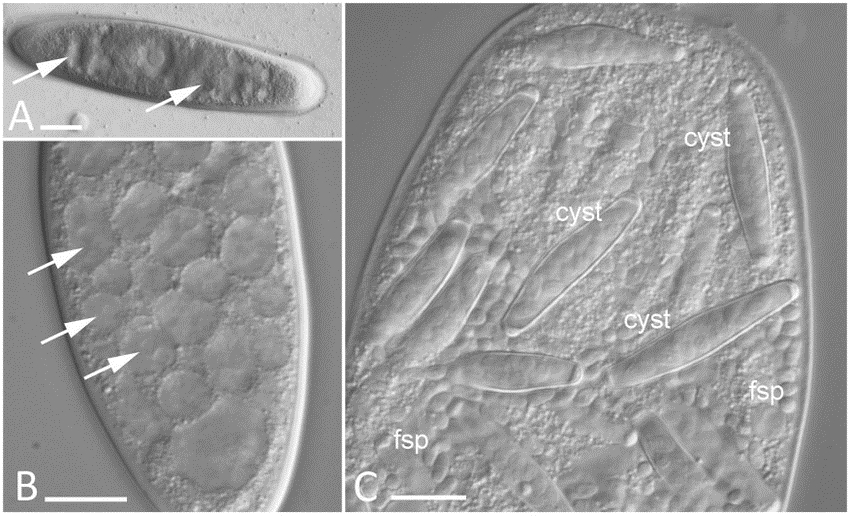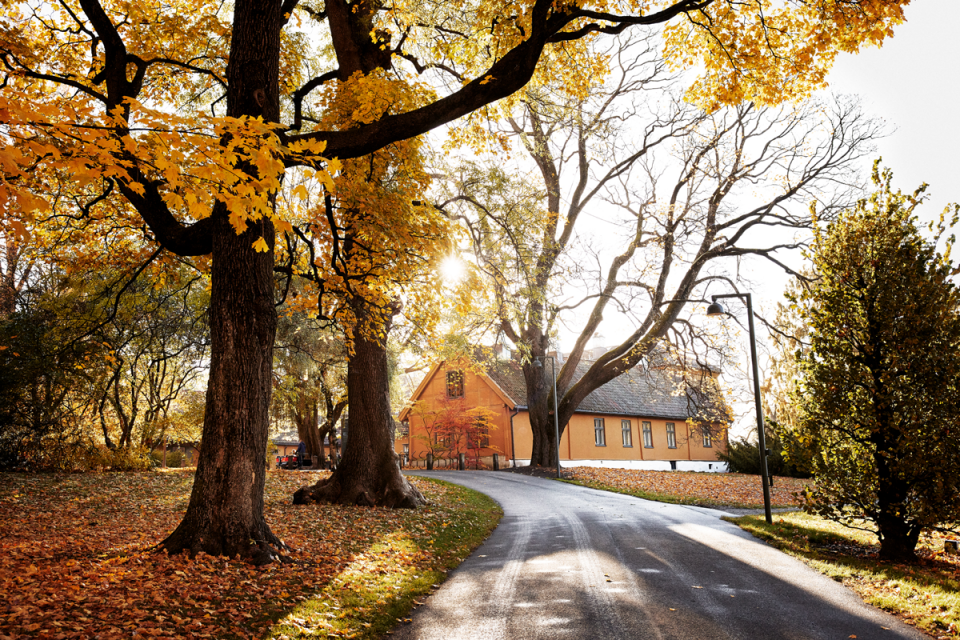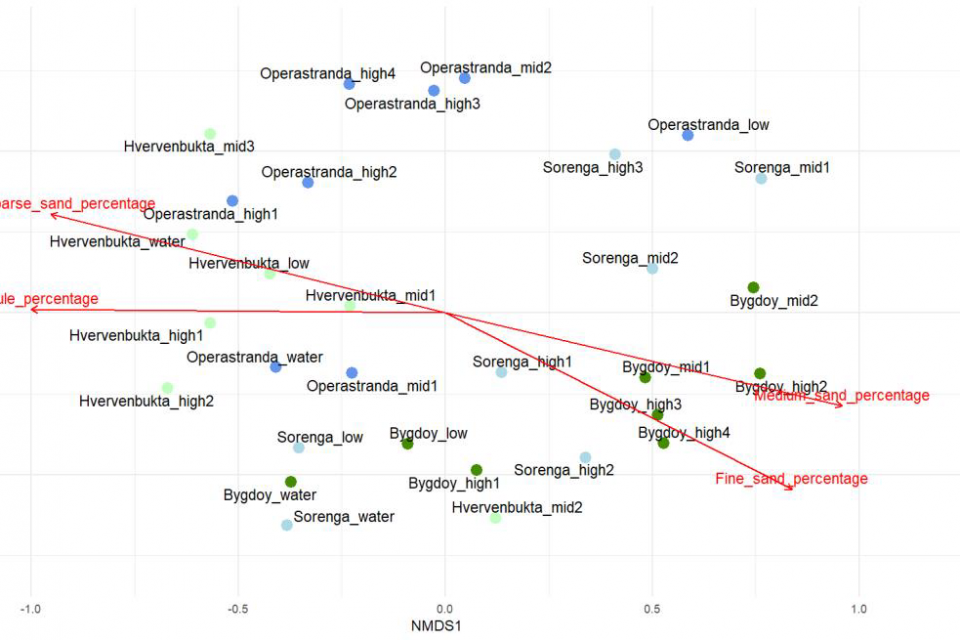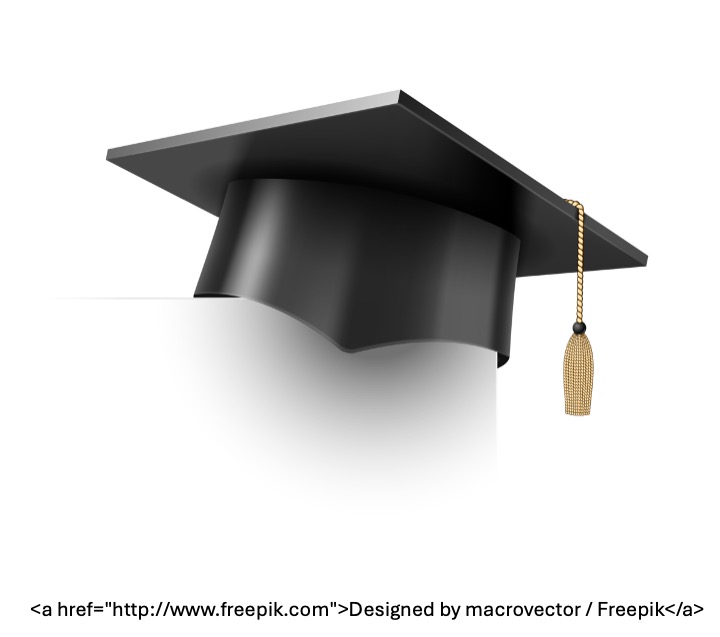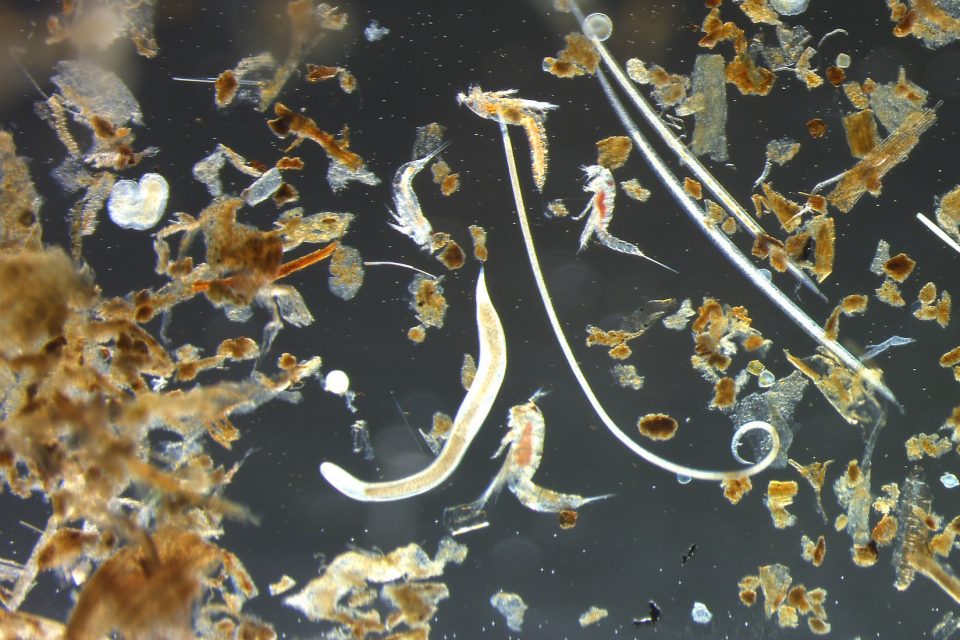
Introducing MeioSkag: Meiofauna and interstitial fauna of four lophotrochozoan groups of the Skagerrak
Earlier this year, our group got a new Artsprosjekt funded. So, let’s dive into the world of meiofauna. A substantial part of marine biodiversity occurs in the space between the sand grains, gravel and stones of sediments. Species that live here, also known as meiofauna, comprise a crucial […]
